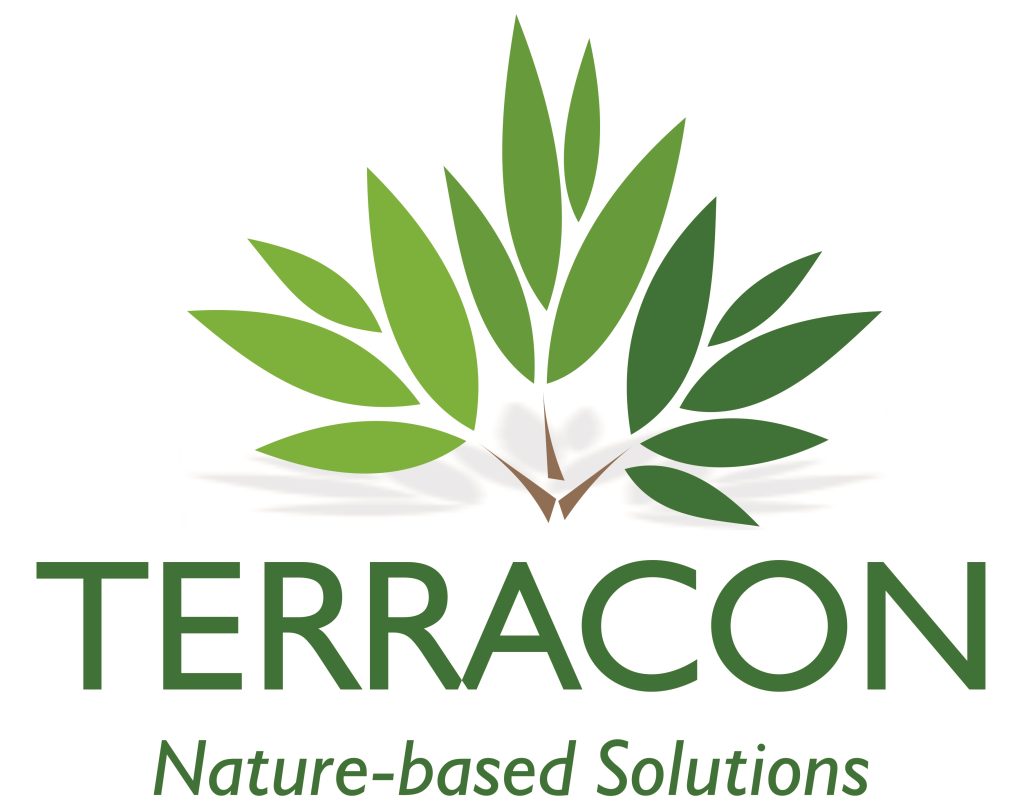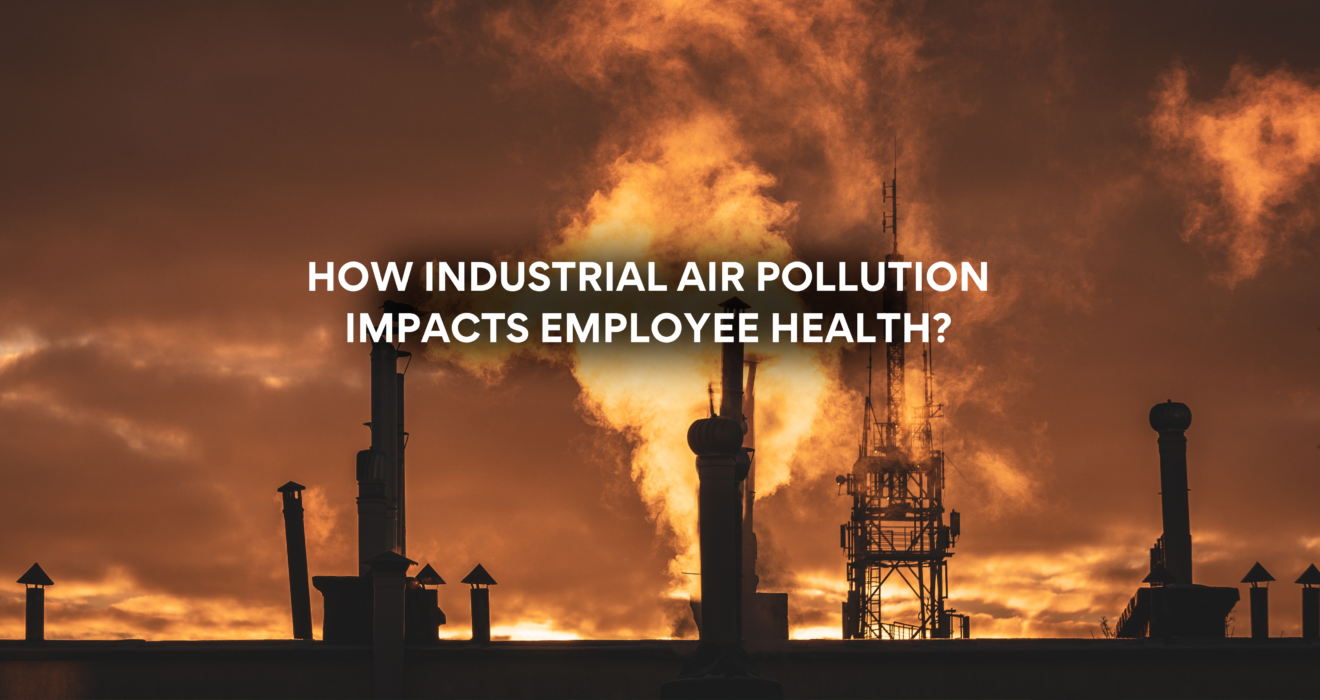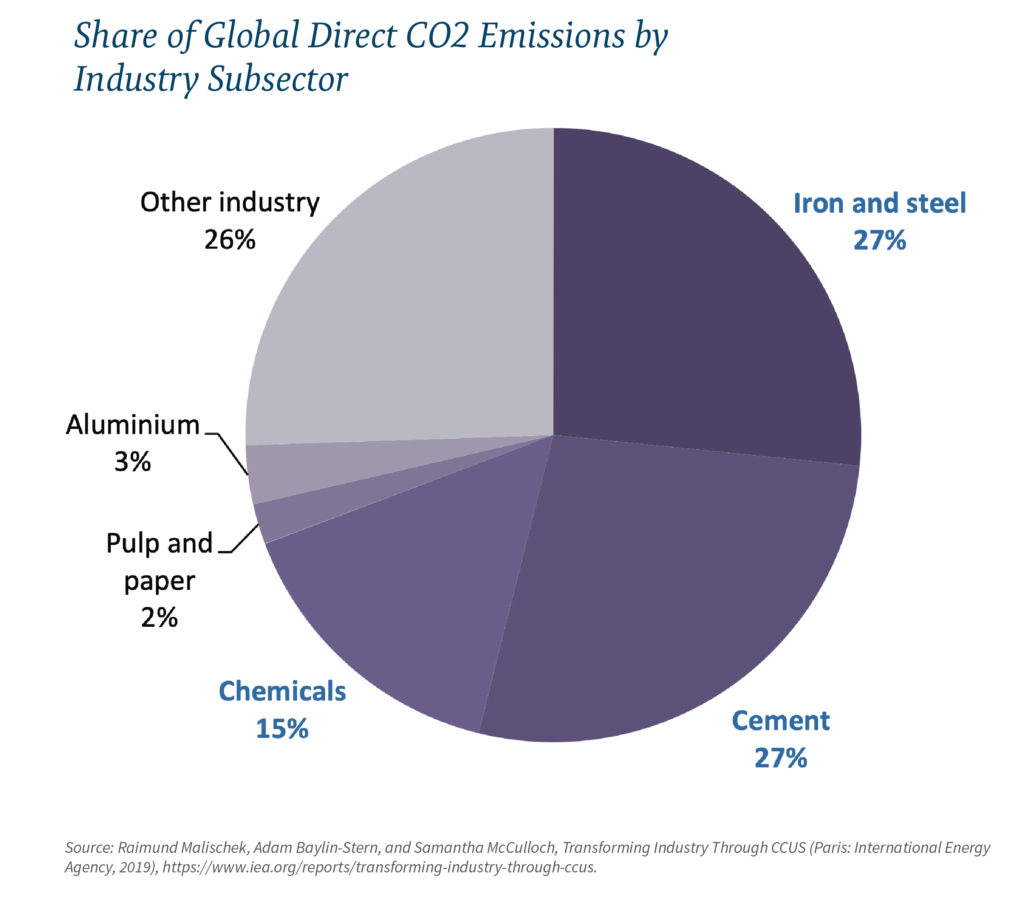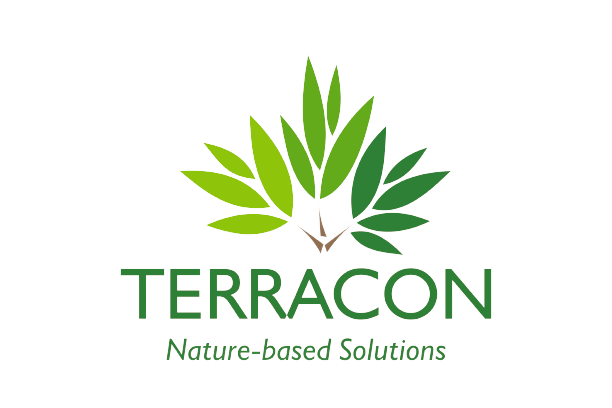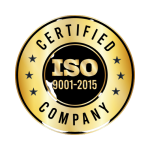The price of progress is often paid in human lives. In the case of air pollution in the workplace, the cost is staggering – and the victims are the very people who keep the wheels of industry turning. learn how this air pollution is slowly and steadily effecting employee health.
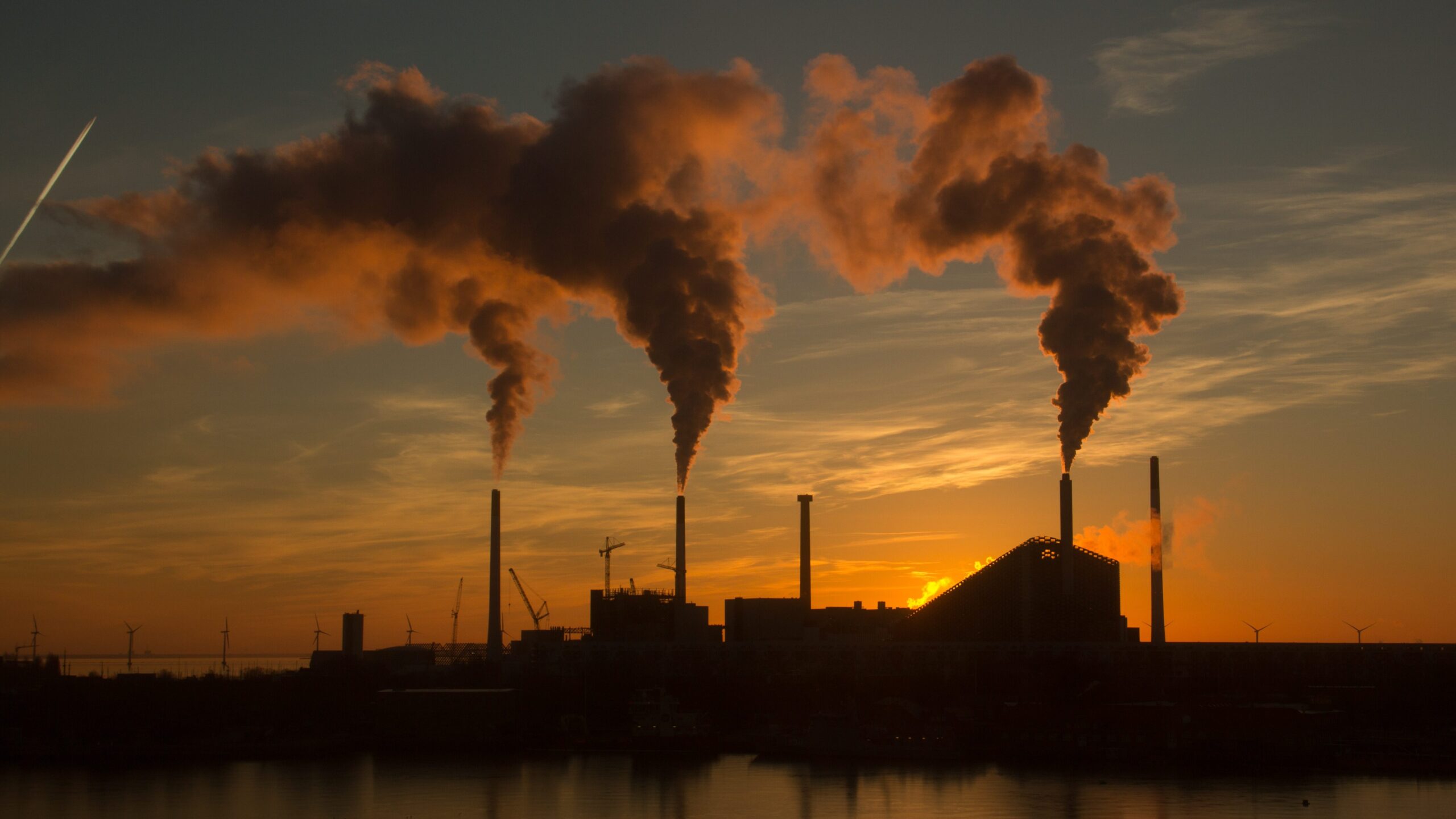
Air pollution is not just an environmental issue; it is a growing global crisis that claims the lives of nearly 7 million people each year. While much of the discourse centers around outdoor air pollution and its pervasive effects on communities, there is a critical aspect that often flies under the radar: the workplace. In private industries characterized by high emissions, employees face significant health risks that are frequently overlooked. These hidden dangers can lead to chronic health conditions and diminished quality of life for countless employees, underscoring the urgent need for awareness and understanding of the risks associated with air quality in industrial settings.
Air pollution is one of the leading environmental risk factors for mortality worldwide, and its presence in the workplace is nothing short of disastrous for those who are exposed. For employees in industries with high emissions, such as manufacturing, chemicals, and mining, the workplace becomes a battleground where their health is continually under siege.
Every day, employees in high-emission industries inhale a cocktail of harmful pollutants, including particulate matter (PM2.5), nitrogen dioxide (NO2), and sulfur dioxide (SO2). This constant exposure leads to immediate effects such as respiratory irritation and inflammation, causing symptoms like coughing and difficulty breathing. Over time, these toxic substances penetrate deep into the lungs and even enter the bloodstream, resulting in chronic lung damage. This can manifest as serious respiratory conditions, including asthma and chronic obstructive pulmonary disease (COPD), which are characterized by persistent inflammation and airway obstruction.
The cumulative effects of prolonged exposure to these pollutants can weaken the immune system and increase susceptibility to respiratory infections. Additionally, chronic exposure accelerates the aging of lung tissue, leading to a decline in lung function and an elevated risk of premature mortality from respiratory and cardiovascular diseases. As the health implications of workplace air pollution become increasingly evident, and is a significant risk factor for lung cancer, leading to approximately 3.3 million premature deaths annually due to related health complications
A 2023 study published in The Lancet Planetary Health found that long-term exposure to industrial air pollutants, particularly fine particulate matter (PM2.5), increases the risk of cardiovascular diseases by 25% and respiratory diseases by 30%.
But the disaster doesn’t stop there. The cardiovascular system is also under constant assault. Polluted air exacerbates hypertension, accelerates atherosclerosis (the hardening of arteries), and increases the risk of heart attacks and strokes. The result? Employees in these environments face a significantly higher likelihood of developing life-threatening conditions that can lead to premature death.

Age and Air Pollution in India’s Workforce
India’s workforce is particularly vulnerable to this health disaster. As the median age of the population rises—from 27 in 2019 to 32 by 2030—the impact of air pollution on health will become even more pronounced. Aging workers are more susceptible to the harmful effects of pollutants, and the mortality rate for pollution-linked diseases, such as COPD and lung cancer, doubles for individuals aged 30-34 compared to those aged 25-29.
This demographic shift means that an increasing number of employees will suffer from debilitating health conditions as they age, further compounding the disaster that air pollution has already unleashed on their lives.
Despite the growing awareness of these dangers, efforts to reduce harmful pollutants in the workplace have been slow and inadequate. PM2.5 levels, a critical indicator of air quality, have decreased by only 1% annually between 2010 and 2019, leaving employees exposed to dangerous levels of pollution day after day.
Case Study: The Human Cost of Air Pollution at Tata Chemicals
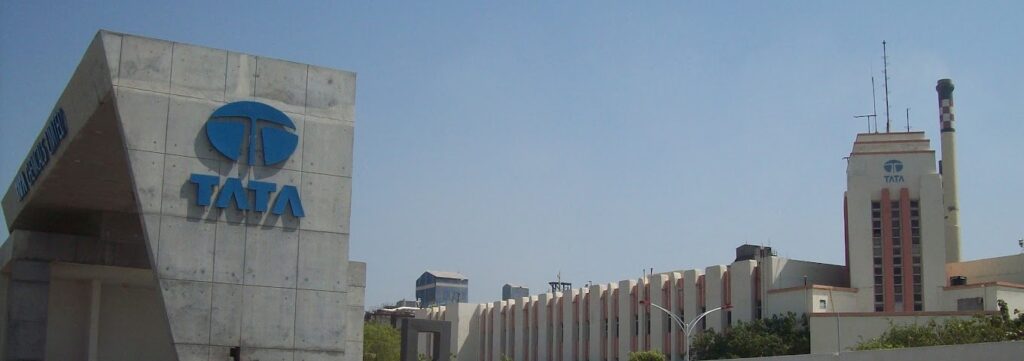
In 2015, Tata Chemicals, a leading chemical manufacturing company, began to notice a disturbing trend at its Mithapur, Gujarat plant. Despite being a major employer in the region and providing a vital source of jobs and economic stability for the local community, the company was seeing a growing number of health complaints from its employees. Workers were reporting respiratory problems, cardiovascular issues, and other health concerns at an alarming rate. Concerned about the well-being of its workforce and the potential impact on productivity and employee morale, Tata Chemicals decided to launch a comprehensive study to determine the root cause of the health issues.
I am confident that TCL Mithapur is on course to becoming a world-class site. However, I would not like this to be a ‘quick- win’ process, but rather a ‘slow-release’ one, so that the culture of ‘zero harm’ gets embedded in our site’s DNA.”
Dr Arup Basu Chief Operating Officer Chemicals, TCL
The study, which was conducted over a period of three years from 2015 to 2018, aimed to investigate the potential link between air pollution in the workplace and the rising incidence of respiratory diseases among employees. The company worked with a team of experts to design and implement the study, which involved monitoring air quality levels in different areas of the plant, conducting health screenings for employees, and analyzing data on employee health outcomes. The study focused on identifying areas of high pollution and assessing the impact on employee health, with the goal of developing strategies to mitigate the risks and improve working conditions.
Tata Chemicals, a leader in the industry, has taken a proactive approach to protecting its employees from the dangers of air pollution. By investing in cutting-edge ventilation systems and implementing rigorous safety protocols, the company has significantly reduced the risk of respiratory diseases among its workforce. This forward-thinking approach serves as a shining example for other companies in high-emission industries, demonstrating that prioritizing employee health is a moral imperative. By following Tata Chemicals’ lead, companies can safeguard the well-being of their employees, boost productivity, and ultimately, contribute to a healthier and more sustainable future for all.
Conclusion
The devastating impact of air pollution on workers in high-emission industries is a stark reality. The alarming statistics and heartbreaking stories paint a grim picture of the health risks faced by employees in these industries. Air pollution is a silent killer that claims millions of lives every year, leaving behind a trail of suffering, illness, and premature death. The human cost of air pollution is a tragedy of immense proportions.

Written by
Anjeeta Goud
Team- Business development and Strategy
Terracon Ecotech
Reference :
Global air pollution statistics and health impacts.
Study on mortality related to air pollution from fossil fuels.
